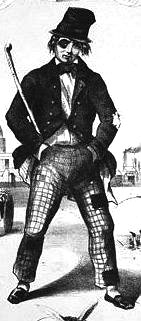Venue Type & Location
Overview
Address: 710 Dundas Street
The property where the theatre now sits was the original location of the “Jubilee Home for the Incurables”. This “infirmary” was operated by the Women’s Christian Association from 1896 until the 1920’s, when it was relocated to Grand Avenue and renamed Parkwood Hospital. When the new orchestra pit at the Palace was excavated, the foundation walls and basement floor of the original Jubilee Home for the Incurables were discovered, just a few feet below the auditorium floor.
The Palace Theatre originally opened as a silent movie theatre in March of 1929, just prior to the stock market crash in October of the same year. It was the last theatre built in London until well into the 1940's. The first movie to grace the screen when the theatre opened in 1929 was the silent film Synthetic Sin, featuring Colleen Moore as “a good little bad girl who wanted to sin and suffer”. The shift to Talking pictures and the advent of the great depression, saw the owners of the property, Hyatt Brothers Construction, leasing the building to Famous Players and ultimately to 20th Century Theatre.
The Palace operated as a neighbourhood movie theatre throughout the 1930's and 40’s showing popular movies such as The Gay Divorcee with Fred Astaire and Ginger Rogers, Return of the Cisco Kid with Jimmy Durante, A Foreign Affair with Marlene Dietrich and Something for the Boys starring Carmen Miranda. It was the habit of the time to hold small talent shows on Saturday afternoons during the intermission between movies. Many people over the past 20 years have told us they tread the boards at the Palace as a child, doing their stand up routine, and winning a small prize.
In 1948 the building was sold to Famous Players and underwent considerable renovation before it reopened in 1951 as the Park Theatre. This renovation saw the removal of much of the theatre's original ornamentation, including the original auditorium chandeliers, and its “modernization”, to a 1950’s style cinema. A large wall-to-wall cinema-scope curved screen was installed over the north end of the auditorium, sealing off the access to the Palace stage for what was to be eventually almost 35 years. The newly renovated and fully air conditioned Park Theatre had audiences lining around the block, to enjoy such classics as Ben Hur, My Fair Lady and The Ten Commandments. The Park was considered a first run theatre, and was the venue of choice for such blockbusters as the Star Wars: A New Hope and Raiders of the Lost Ark. The trend toward multi-plex theatres in the late 1970’s and 1980’s led to a decline in attendance at the Park, and finally the old theatre closed its doors for the last time in September of 1989.
The renovations LCP undertook in the period between purchasing the building in November of 1990 and opening night on July 17, 1991 were prodigious.
"History of the Palace - The Palace Theatre." The Palace Theatre. 2016. www.palacetheatre.ca/history-of-the-palace/

